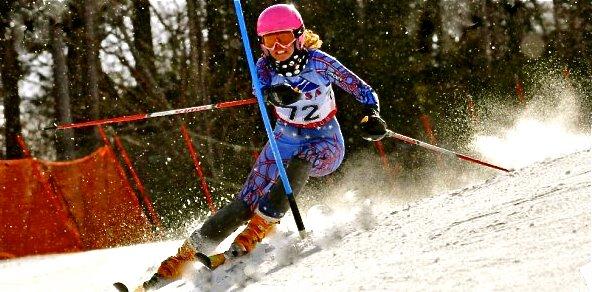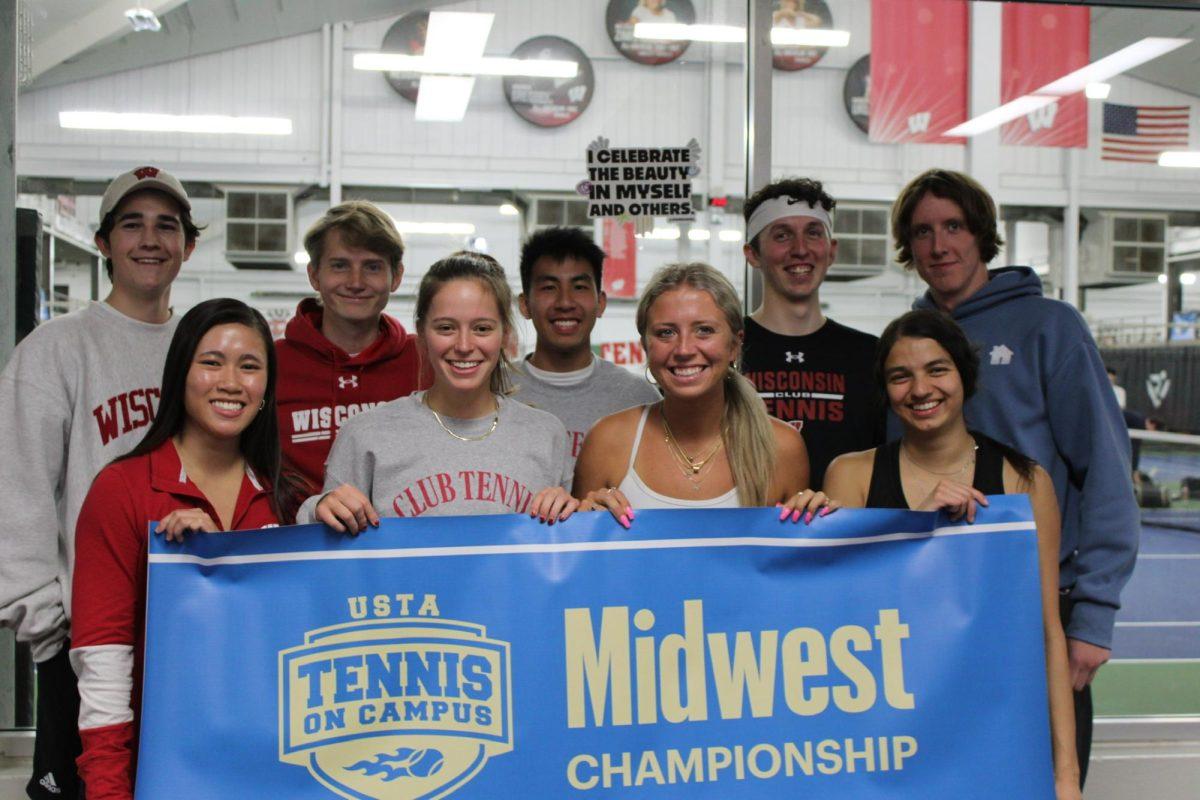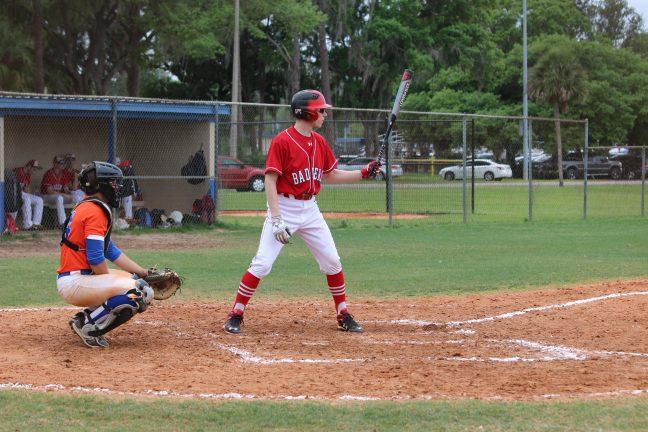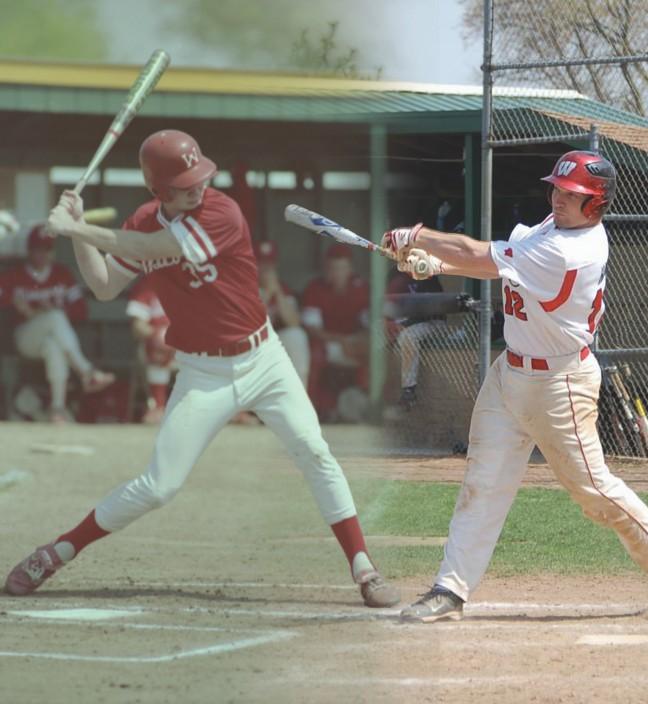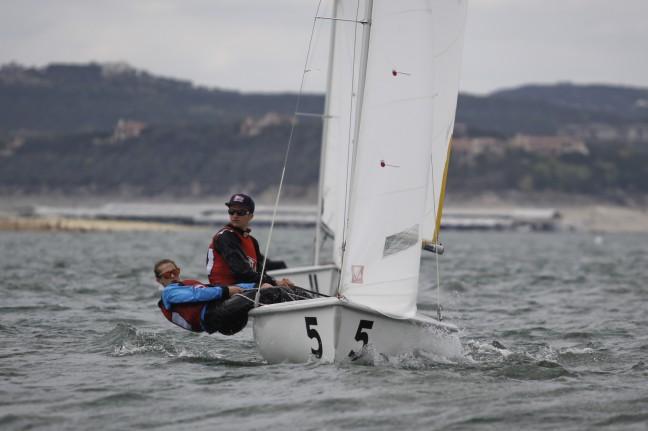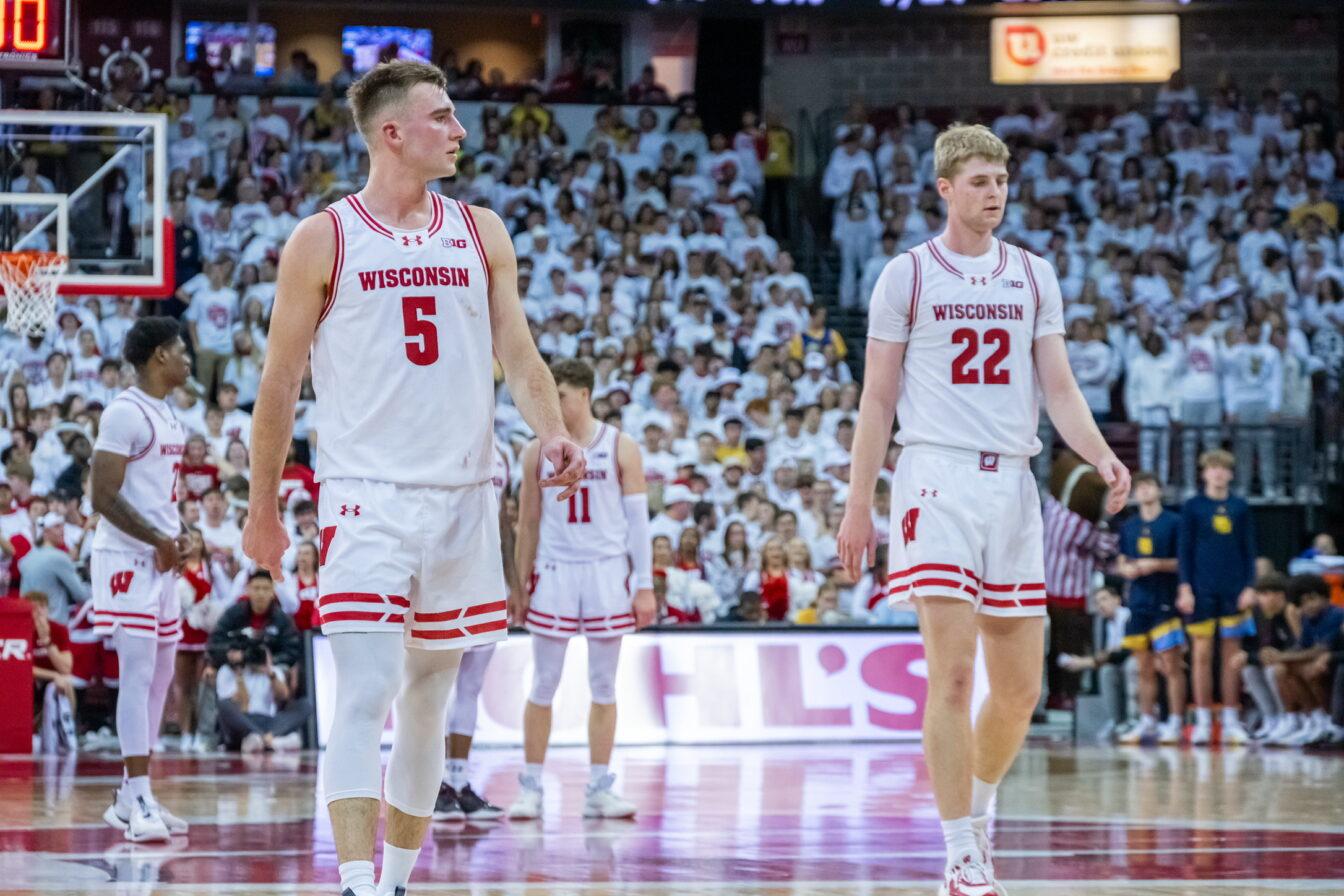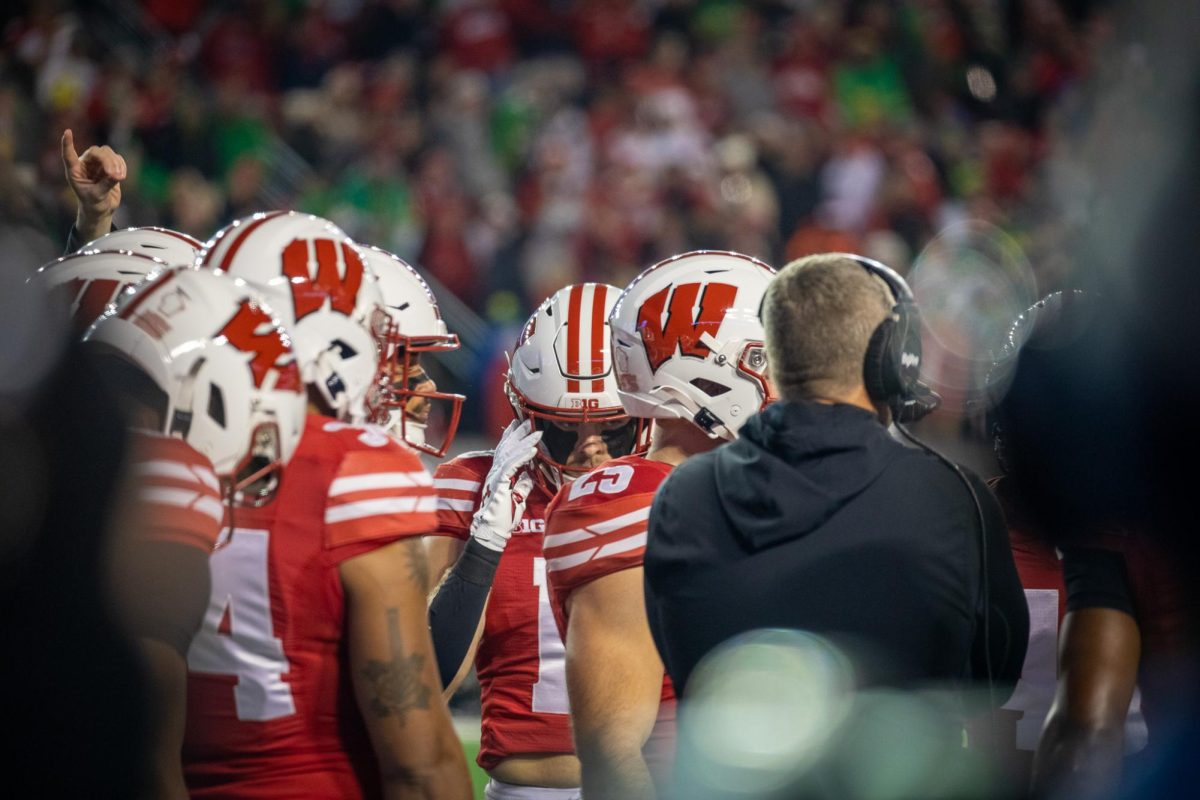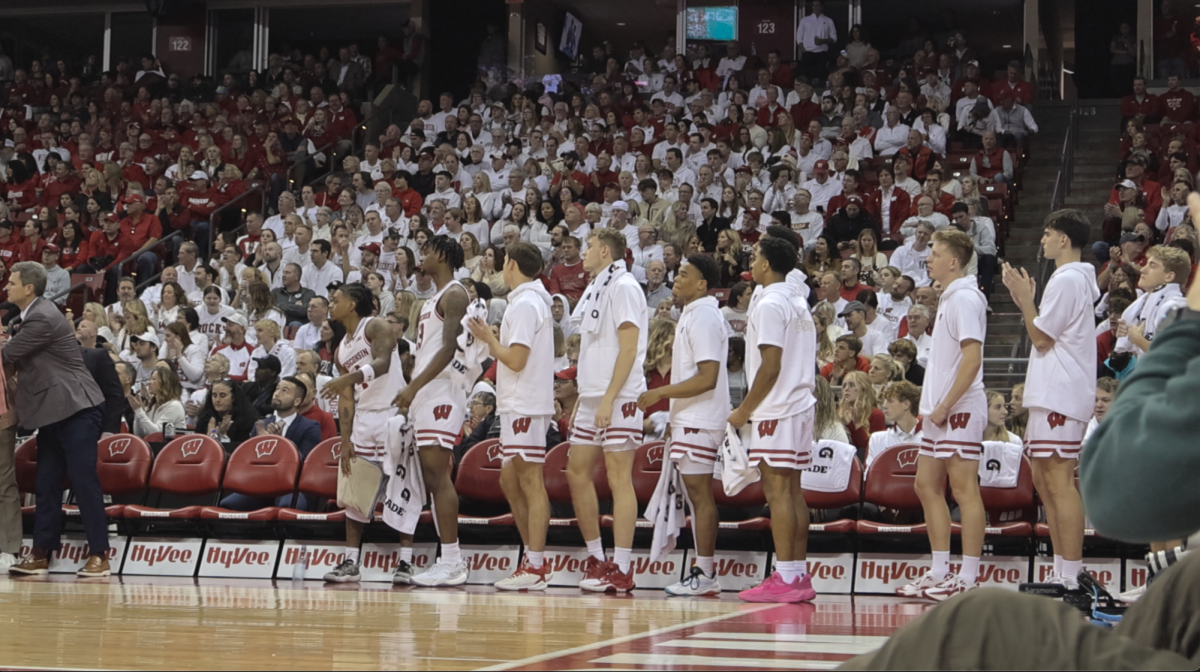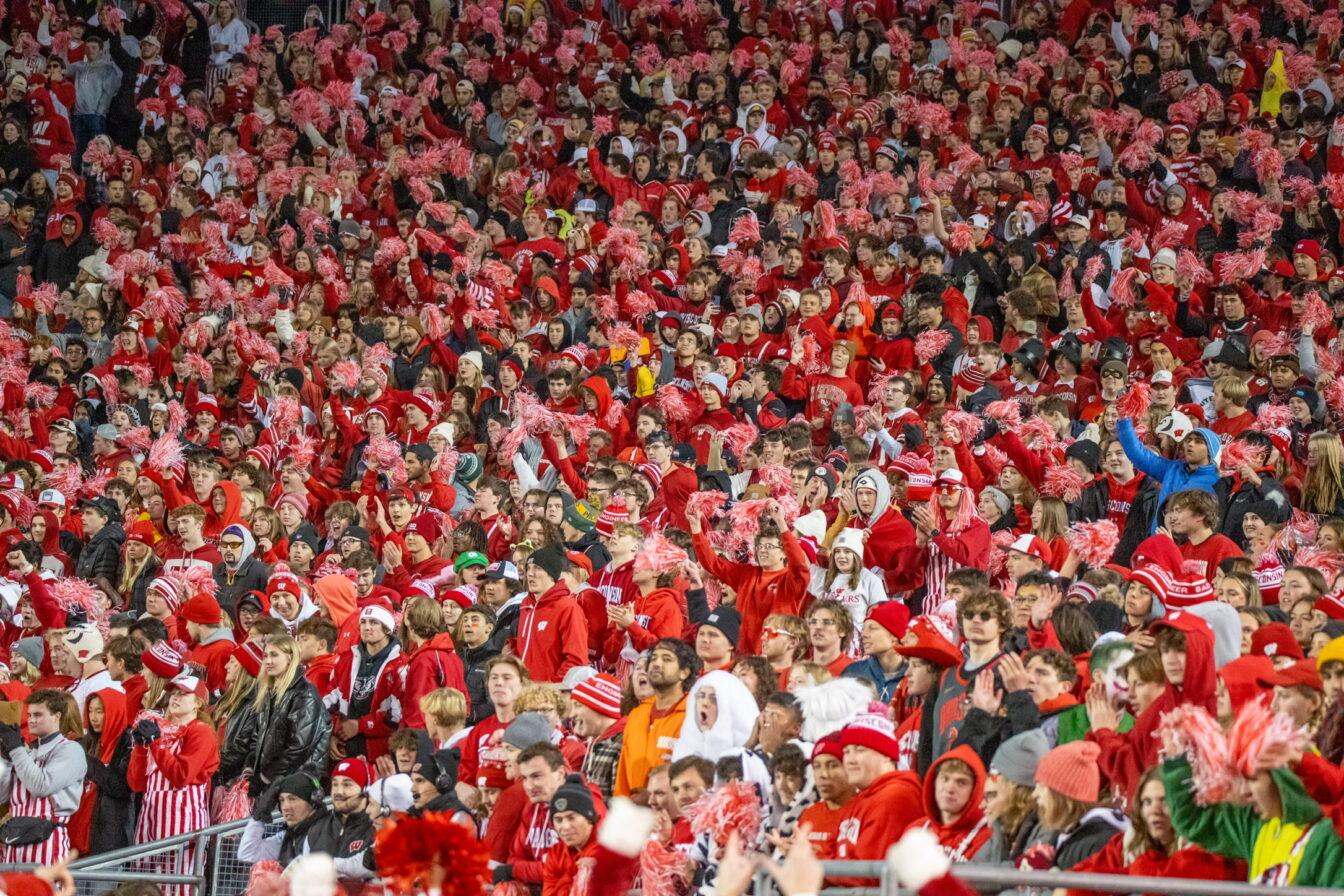For the past five years, the Wisconsin women’s alpine ski team has been in a rut of sorts — but if you ask them, it’s probably the best problem they could ever have.
After finishing second in their regional qualifier Feb. 16, the Badgers landed a berth in the United States Collegiate Ski Association 2014 National Championships. The qualification marks the third time in the last five years that the team has made the trip to the National Championship — each trip separated by two years from the previous one.
Still, even for members of the team that made the trip last time they qualified, going to Nationals doesn’t get old.
“I’ve been skiing for forever and I love it,” junior skier Brenna Murray said. “So to get to continue doing it in college and to get to compete in Nationals again will be the best competition I’ve ever seen. I’m excited to go again.”
Captained by Murray, the women’s alpine team will send a total of seven women, including Murray, Olivia Raedeke, Becca Frenz, Isabelle Cooperstein, Abby Noonan, Katie Rayer and Britta Gjermo, to the competition at Lake Placid, N.Y., on their quest for a National Championship.
Lake Placid, located in the northern part of New York, once played host to the world’s best alpine skiers in the 1980 Winter Games. For the six Wisconsin women lucky enough to compete there this March, the competition may very well be on the exact same course that was used more than 30 years ago.
While that prospect is more than enough motivation for Wisconsin as it hits crunch time in its preparation for Nationals, the difficulty that comes with a much more challenging, much longer course makes extensive preparation a must.
“The courses will probably be very steep and depending on the conditions, it’s been a cold year, they’ll probably be pretty icy too,” head coach Dakota Dux said.
“We’ll be practicing hard to make sure we are ready.”
At the collegiate level, alpine skiing competitions take the form of two different events — Slalom and Giant Slalom — with the goal being to reach the bottom of the course as fast as possible, while also making sharp turns around poles, or “gates,” along the way.
But while the challenges the sport presents begin and end there for many of the teams that Wisconsin will face when it arrives at Lake Placid, it is only just the beginning for the Badgers.
More than just a club
At many of the top alpine skiing schools in the country, teams are funded — at least in part — by the school that hosts them. This means that the program covers travel, competition fees and many other intangibles, which in turn allows the athletes to focus on one thing: winning.
“It usually allows teams to have a contingency of foreign racers,” Dux said. “When I raced here years ago, as an example, there was a guy from Sierra Nevada that I competed against, who graduated, and the next year he won a World Cup race.
“These are serious, serious racers.”
Competing as a club-level program, Wisconsin is faced with the difficult task of not only preforming at a high level when competition day comes, but also making sure that the team is able to compete in the first place.
Each year the competitive season is kicked off with the Hoofers Annual Ski and Snowboard Resale — the first, but certainly not the last, fundraiser of the season — before they even hit the hills at nearby Tyrol Basin for the first time in December.
Once the competitions begin, skiers have to cover the costs of their lift tickets at practice, as well as pay a large membership fee to help cover competition costs such as transportation, hotels, race dues and registration fees.
For a successful team, as is the case this year, a berth in the National Championships alone can cost upwards of $400 per competitor.
And yet, despite only being a club sport at the University of Wisconsin, Dux and his skiers don’t see the lack of funding as a hindrance — but rather a distinct advantage in helping the program to accomplish its biggest goal: to build a large UW community interested in the sport of alpine skiing.
“One of our goals is to make skiing accessible to anyone and everyone,” Dux said. “Whether they have raced before or not, it is really fun seeing some of the best racers in the world compete and train with some people that have never raced before. Both groups really get a lot from the other group.”
Even just two years ago — the last time Wisconsin qualified for the National Championships — the alpine ski team consisted of nearly 40 skiers. Now, the team boasts a squad of 63 members, dwarfing in comparison the 12 racers that school-funded teams might have.

Photo Courtesy of Rock Gjermo
For Murray — a competition skier since age six — it’s the camaraderie and different skill levels that you get on a big team, like Wisconsin’s, that makes the experience so unique.
“I think it’s really fun to have the biggest team in our region,” Murray said. “Even though there are a lot of us, we get along really well.”
Athletes covered in tradition
Take a peek at the team’s Facebook page and its hard to miss — the worn out pink ski suit is in almost every picture. Held together by what appear to be safety pins and sporting large tears in the right leg and other rips everywhere else, the pink ski suit is also the oldest member on the team.
Not even the coach, who competed at Wisconsin more than a decade ago, can remember where it came from.

Photo Courtesy of UW Alpine Ski Team
“It’s just one of those long standing traditions,” Dux said. “I’ve been with the team since 1999 and the suit’s been around since before me.”
Acting like a trophy of sorts, the suit is worn during a day of competition by an athlete that suffered, what some might call a “blonde moment.” Some of the reasons might be as simple as losing the car keys to the team van, while others are deemed a bit too embarrassing to repeat out loud.
“I remember, at one of the races we were trying to go to our team dinner and we had to spend an hour or two looking for a pair of van keys,” UW alpine director Mike Schrager said. “We had this bright science guy, who majored in physics and all this stuff, and he had the keys in his pocket. He wore the pink suit for that.”
“There are lots of different ways to get the pink suit.”
Regardless, the suit has become a symbol of just how close-knit the team is year in and year out. After all of the hard work and countless hours spent in Wisconsin’s polar vortex, it is these lasting friendships and memories each year that keep the skiers coming back for more.
Well that, and another National Championship to qualify for.


